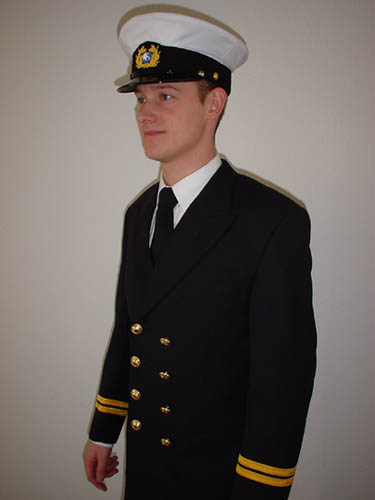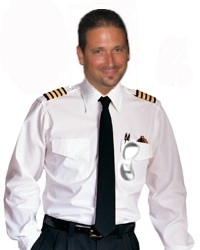|
Maritime FAQ
|
|
You might be wondering about a thing or two concerning life at sea, or have a specific question about a particular subject. Maybe you can find your answer here. If not, please email me and ask me!
Q: Do officers wear uniforms on board, and what do they look like?
A: The official company policy states different requirements for uniform depending on rank and situation. At sea, uniforms are not used, but when the ship is in port or when guests are on board, the uniform comes into use. While being a practical element,allowing people from outside to quickly see who carries out which jobs on board, uniforms also provide for practical work clothing.Q: Is there a doctor and dentist on board?
A: No, there are no doctors or dentists on board. The Chief Officer is responsible for treating injured or ill crew members, and is educated for this purpose. If the sitiation cannot be handled on board, the crew member sees a doctor at shore during port stay, or if necessary is evacuated from the ship by boat or helicopter.Q: How is the food on board, and when do you eat?
A: The food, of course, depends on the cook, but generally it's good and varied. Three meals are served each day, breakfast at 0730, lunch at 1200 and supper at 1730. Breakfast usually consists of cereals, bread, eggs, bacon, cheese, marmalade, butter and fruit, accompanied by milk and juice. Lunch is a hot meal, could be anything, while supper consists of different small warm dishes, fruit, bread and usually some kind of desert. In the weekends the cook often puts some exstra work into it, and comes up with something really nice.Q: Don't you get sea sick often?
A: Depends on the size of the ship and the weather. Some people get sea sick, others don't. Most of today's merchant ships are of such a size, that you need quite bad weather for the ship to move around enough to get sea sick. I've only tried sea sickness once. That was on the Maersk Forwarder, which is a relatively small ship and during huricane conditions.Q: Are you never afraid the ship will sink?
A: No. The risk today is small, and safety equipment standards very high. So you never really think about the possibility of the ship sinking, more than you think of an airplane dropping from the sky when you travel.Q: Do you often meet storms and hurricanes?
A: Today ships have various means of monitoring the weather around them and further on along the route. These means could be weather charts (faxed to ship) or special advanced PC programs, updated via satelite, which shows weather development and forecasts. With this information in hand, ship captains have a good basis for manouvering away from and around very bad weather. |


